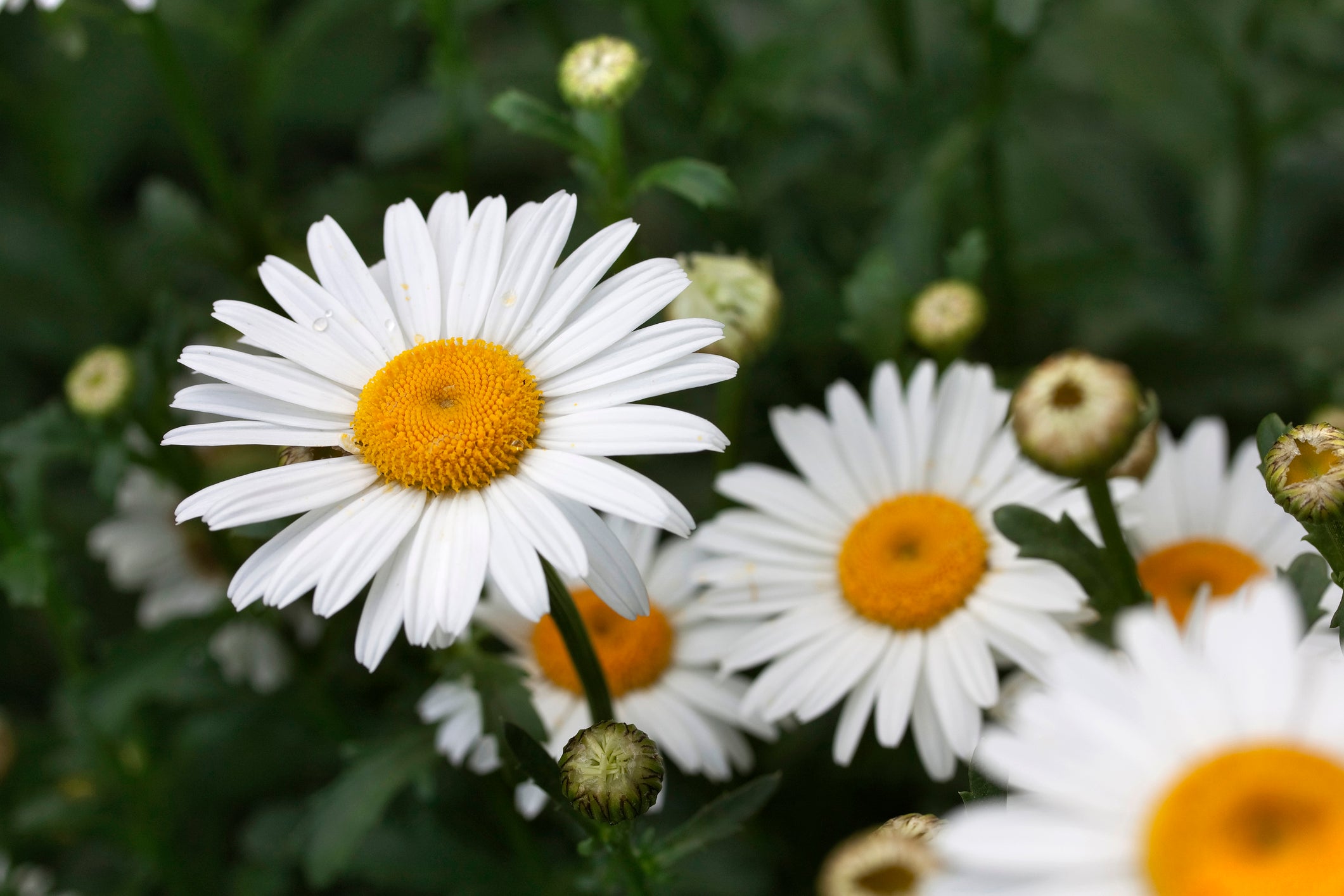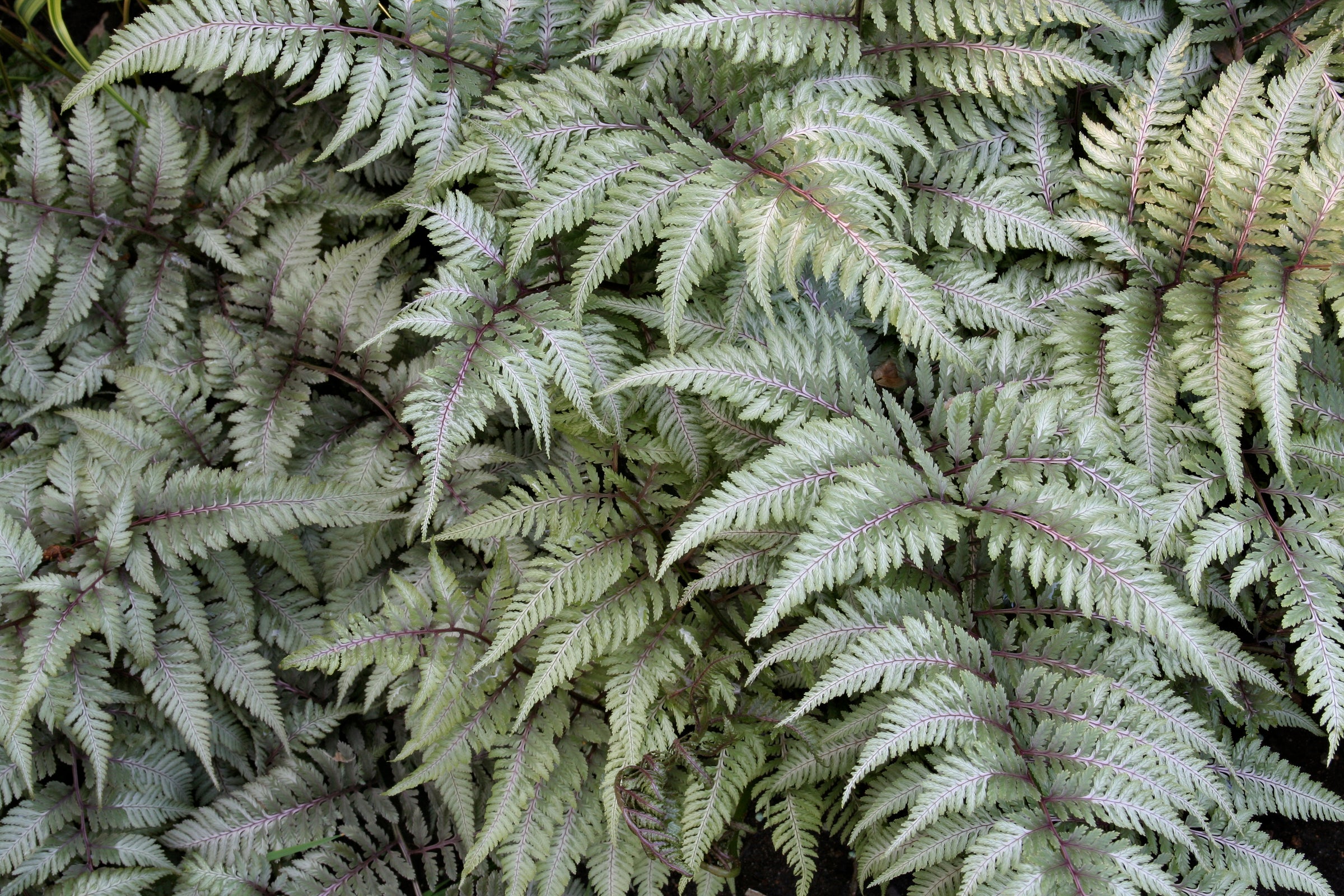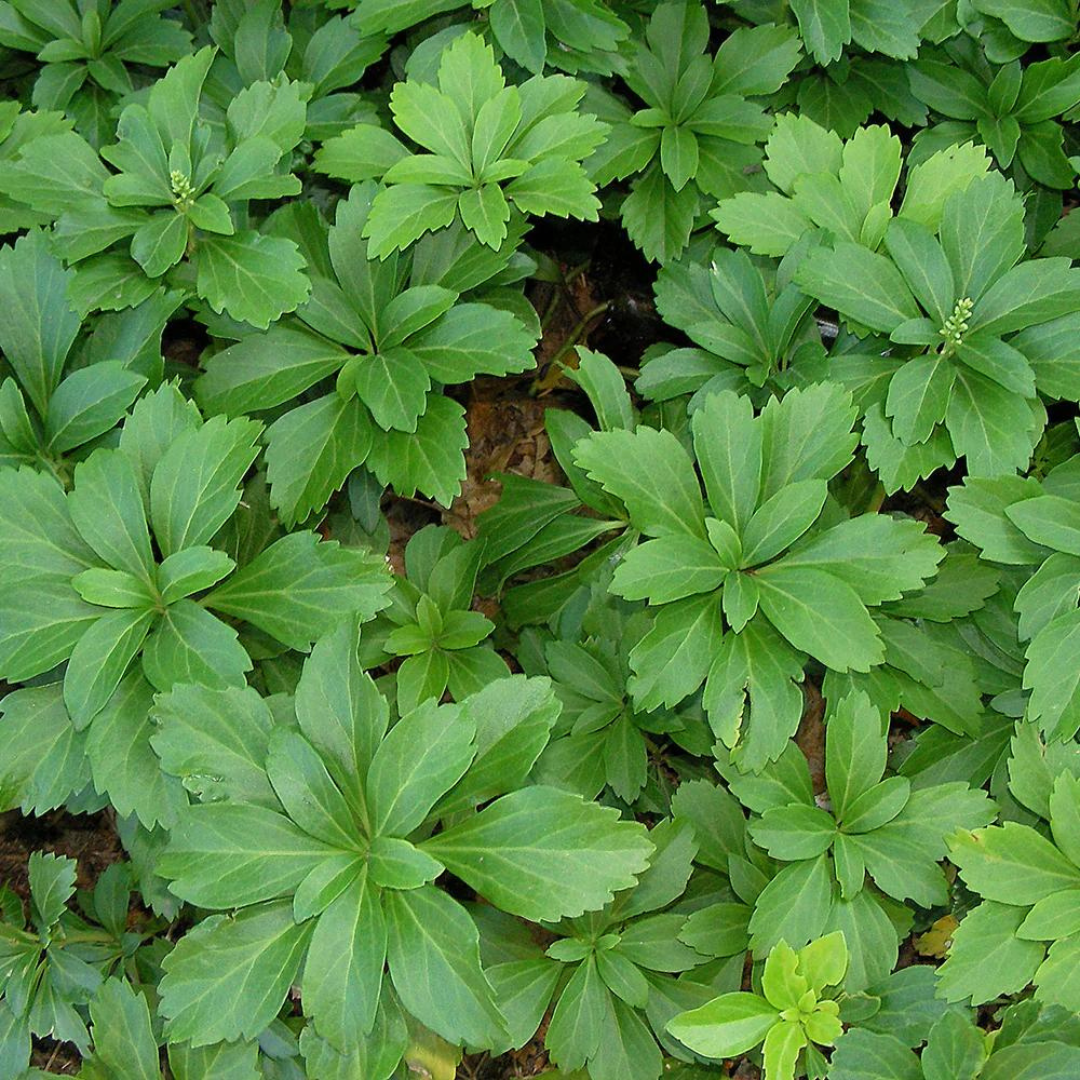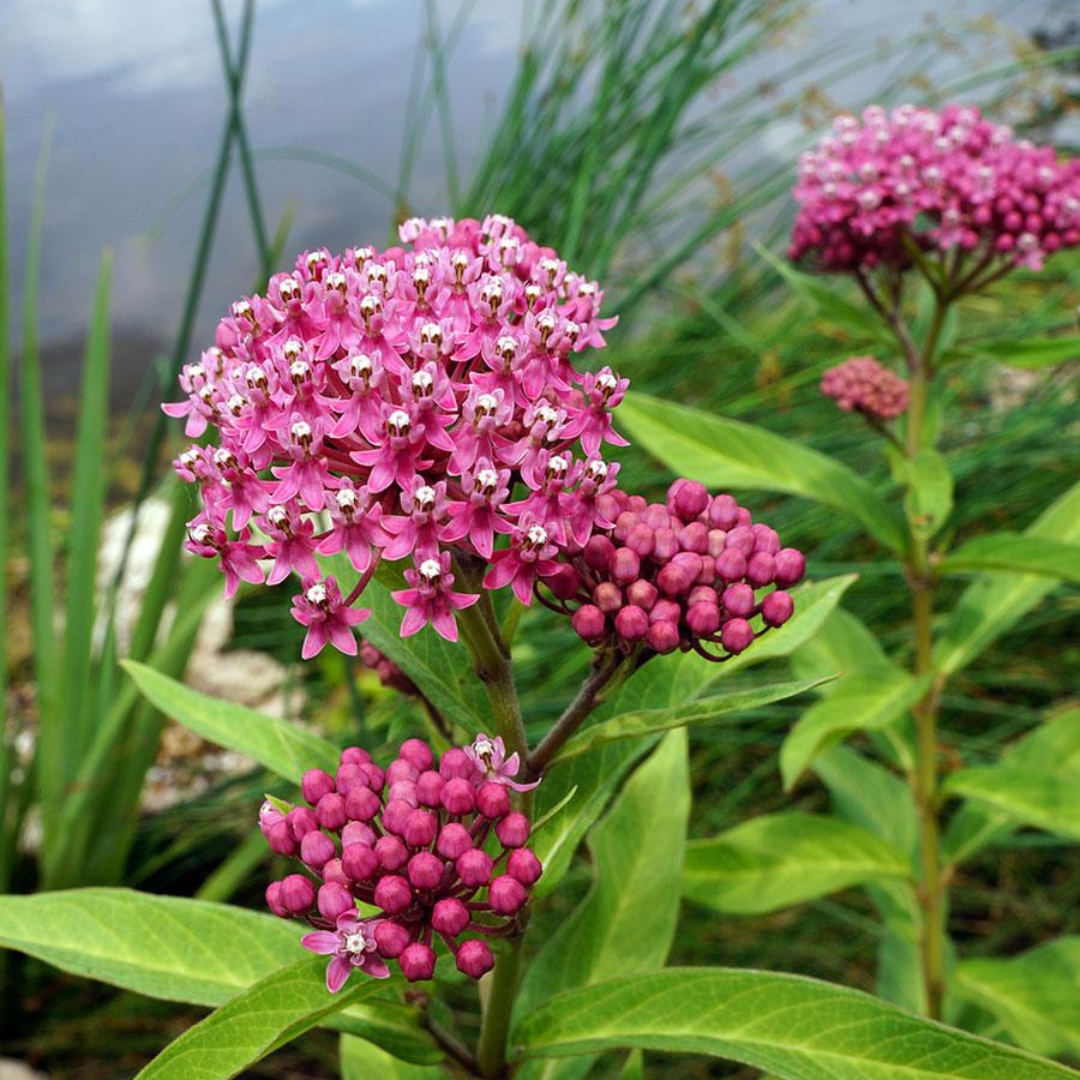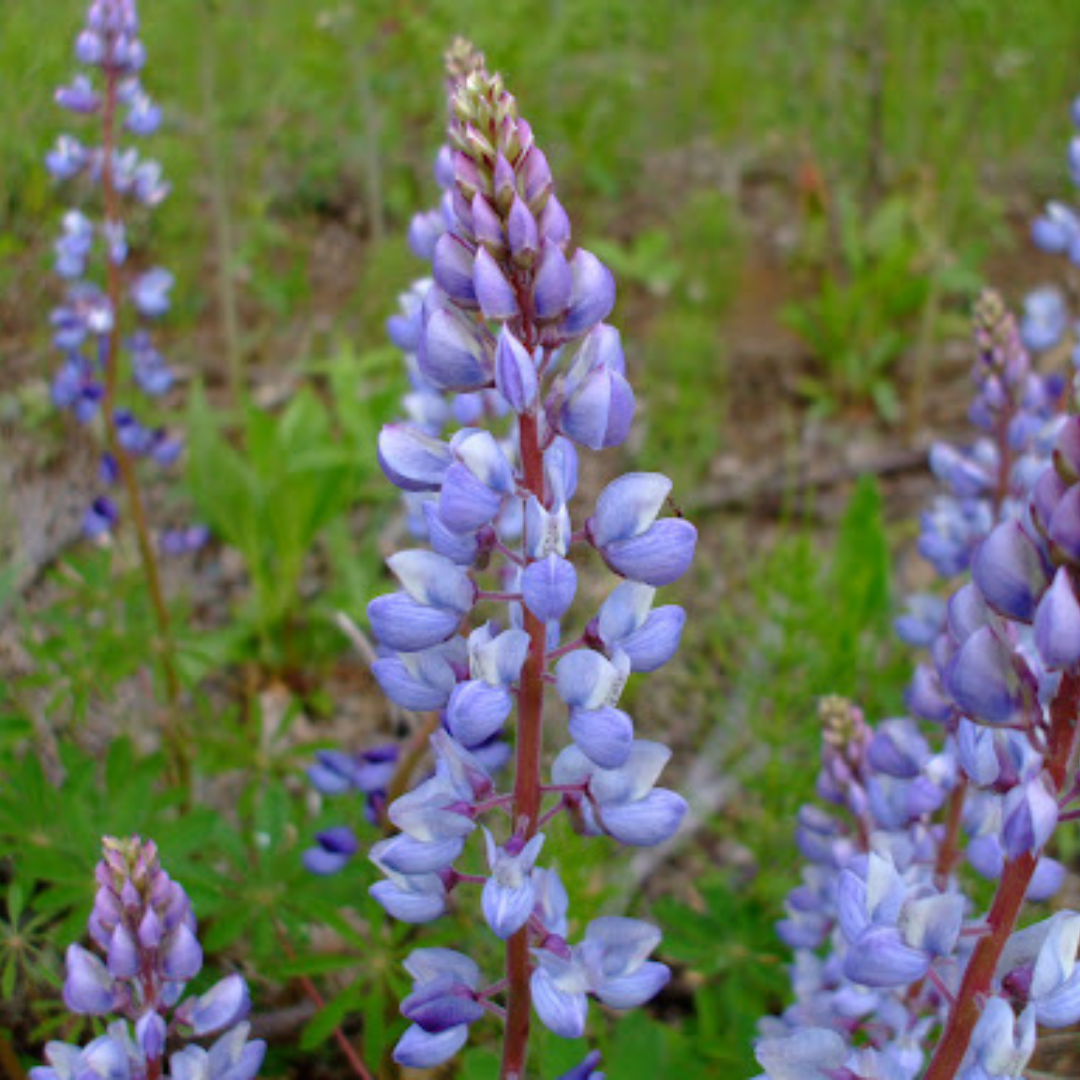
Lupinus perennis
Add to Wishlist Full Sun
Full Sun
 Partial Sun
Partial Sun
 Deer Resistant
Deer Resistant
 Pollinator Friendly
Pollinator Friendly
 Native
Native
- In stock, ready to ship
- Backordered, shipping soon
Lupinus perennis: Native Spires in Shades of Sky
Graceful and wild, Lupinus perennis, or wild blue lupine, offers spires of soft blue to violet blooms in late spring, rising above elegant palmate foliage. A true native of eastern North America, this charming lupine brings natural beauty, pollinator value, and early-season colour to full sun gardens with sandy or well-drained soil.
Plant Characteristics:
- Height: 40–60 cm
- Spread: 30–45 cm, forming airy, multi-stemmed clumps
- Flower Colour: Blue to violet, occasionally pink or white
- Flowering Period: Late spring to early summer
- Foliage: Deep green, palmately divided leaves with a soft texture
- Sunlight Requirements: Full sun
- Soil Requirements: Sandy, well-drained soil; prefers slightly acidic conditions
Uses and Benefits: Lupinus perennis is a treasured native species for naturalized gardens, dry meadows, and pollinator plantings. It supports several native bees and is the host plant for the endangered Karner blue butterfly. Its early bloom time and fine-textured foliage complement other spring-blooming natives, while its nitrogen-fixing roots improve soil health. Plant in masses for a soft, painterly effect in low-maintenance sunny areas.
Companion Plants: Pair Lupinus perennis with Coreopsis 'Moonbeam', whose airy yellow blooms offer bright contrast and drought tolerance. Add Echinacea angustifolia to extend bloom time and invite pollinators through summer. Complete the scene with Schizachyrium scoparium, a native ornamental grass whose upright blue-green blades turn copper in fall, echoing the soft hues of the lupine while adding structure and movement.
Care Instructions: Plant in full sun with sandy or gravelly, well-drained soil. Avoid heavy clay or overly rich soil. Water occasionally during dry spells in the first year. Allow plants to self-seed to maintain presence, as they are relatively short-lived. Avoid transplanting once established due to a deep taproot.
History: Lupinus perennis is native to eastern North America and historically found in open woodlands and sandy prairies. It plays a key role in native plant ecology and is essential to the survival of the federally endangered Karner blue butterfly, which relies exclusively on its foliage for larval food.
Final Thoughts: With its delicate spires and ecological importance, Lupinus perennis offers more than beauty—it brings habitat, heritage, and early-season grace to sunny, well-drained gardens.


